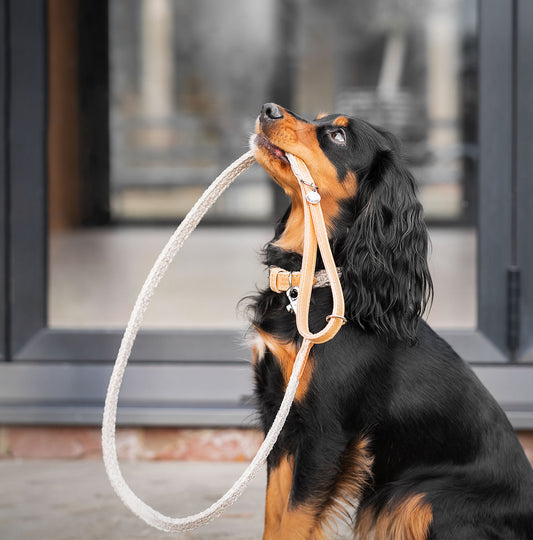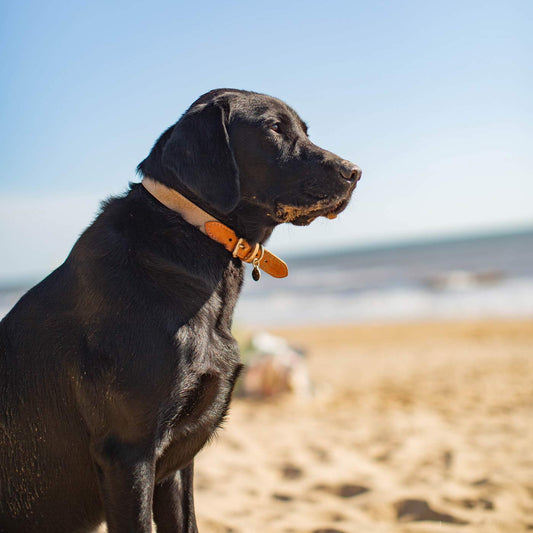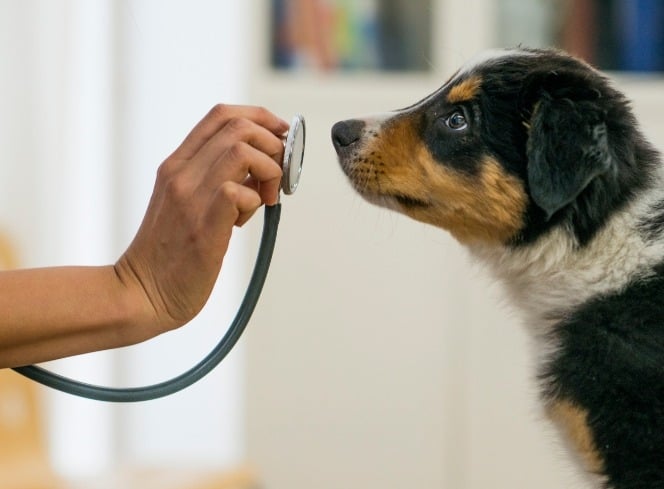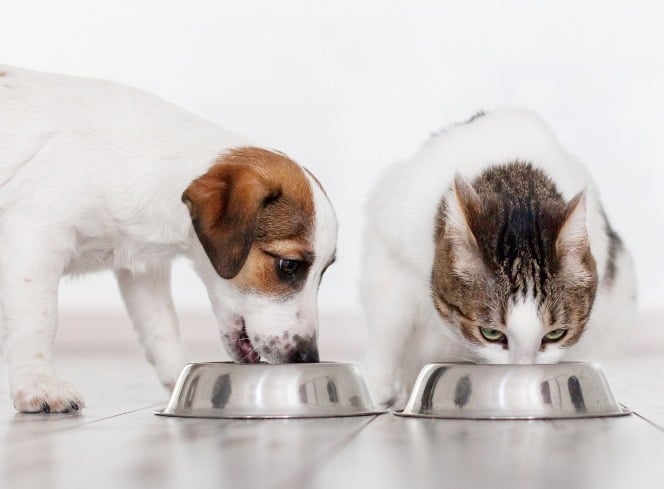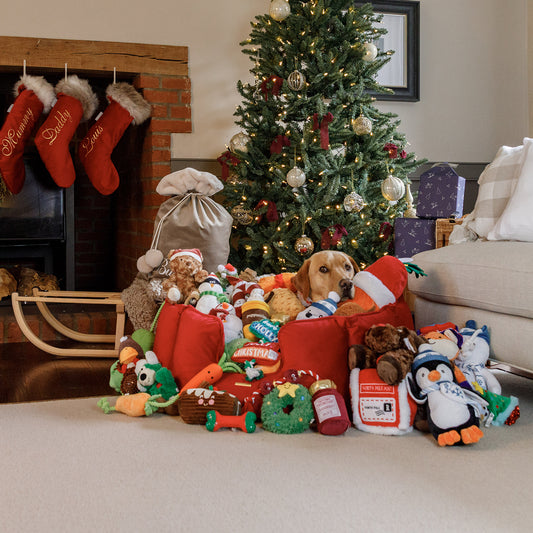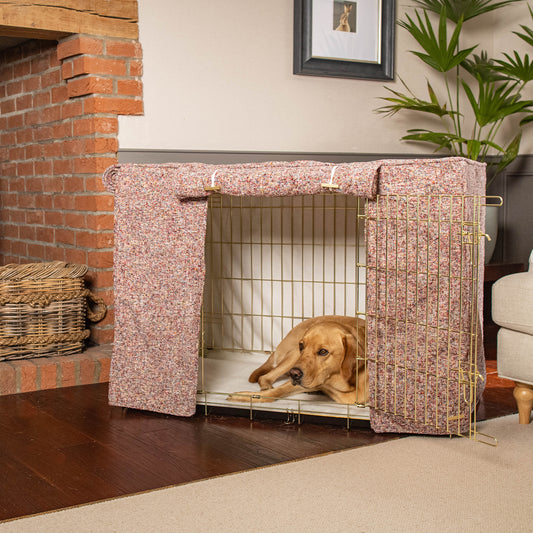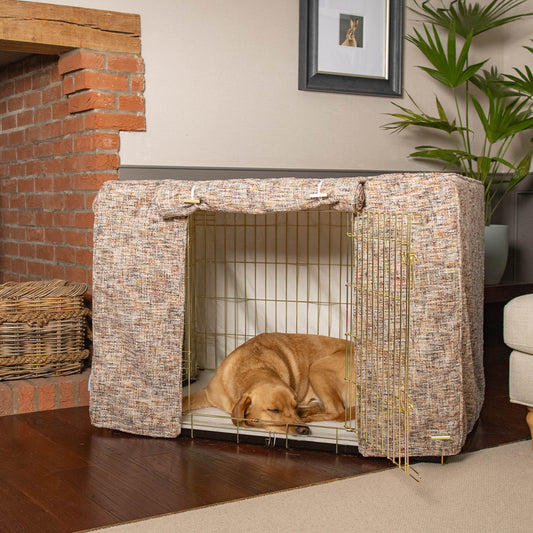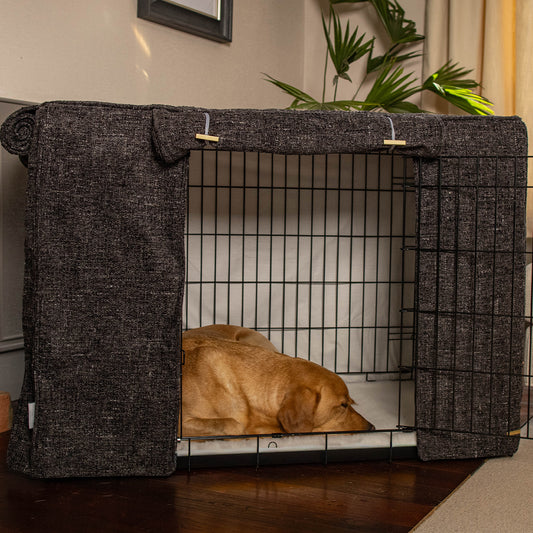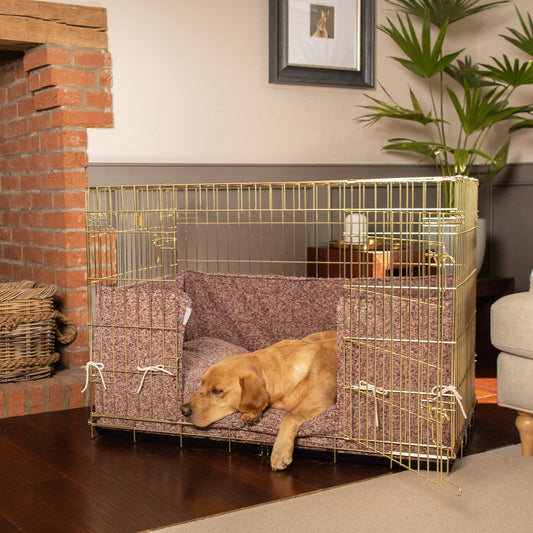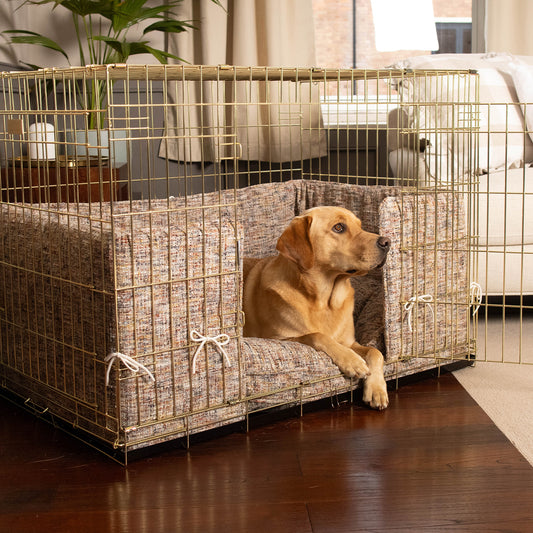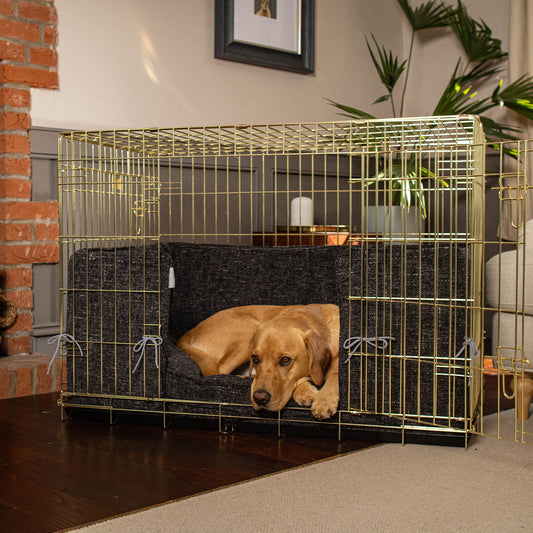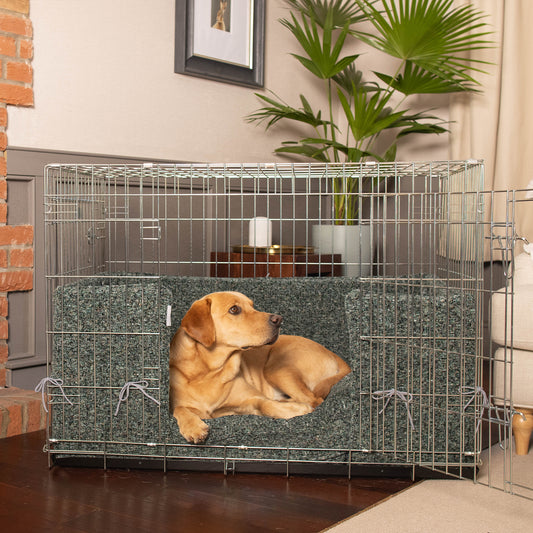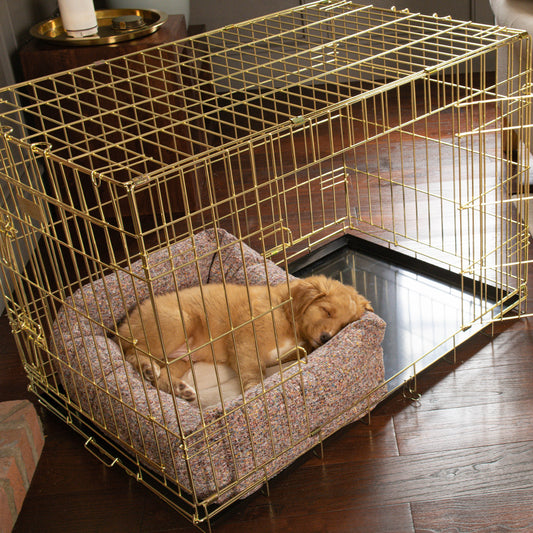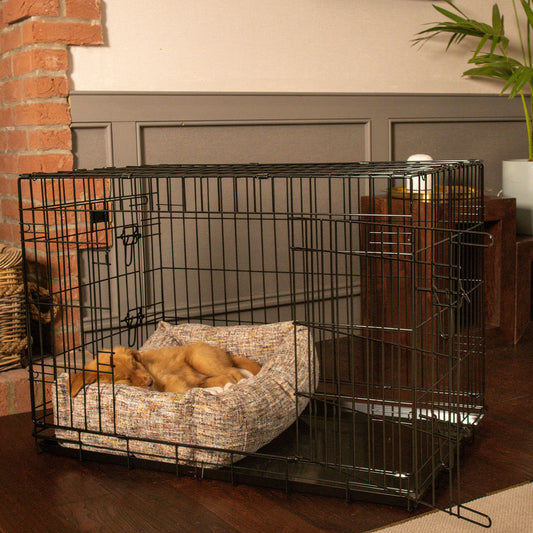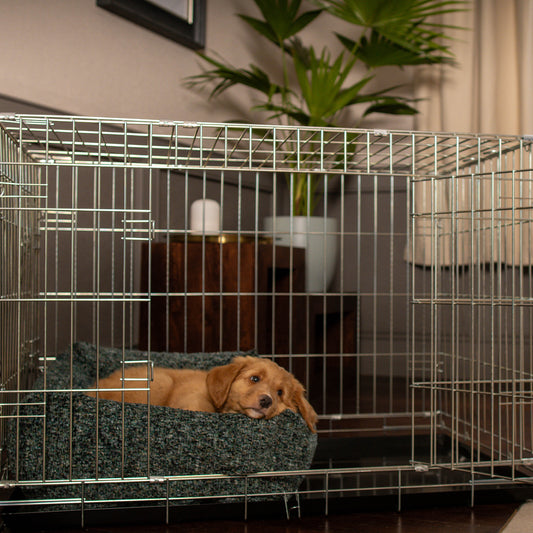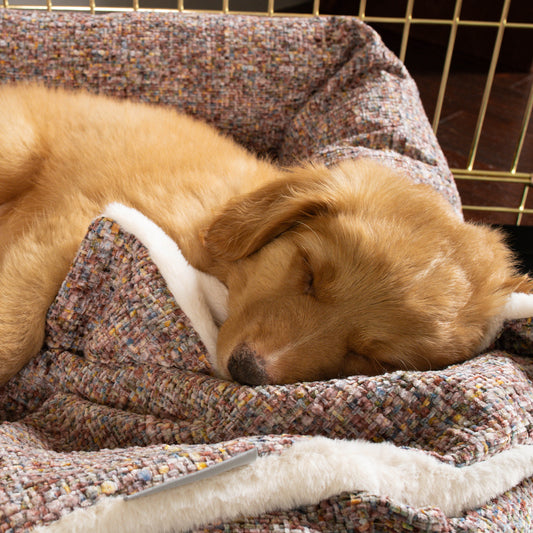Here in the UK, it’s recommended we get at least 30 minutes of exercise daily, and what a great way to get that exercise through your daily dog walk. The actual amount of exercise your dog needs will vary on their breed, their age, their heath and what they enjoy doing. Generally, your dog will need a walk or two a day. In this blog, we discuss how long you need to walk your dog and whether this does depend on their breed.
How Long Should I Walk My Dog For A Day?
There isn’t a perfect number or formula to determine how long your dog actually needs on a walk, but walking should be a part of your dog’s daily routine to keep them physically and mentally stimulated. Make sure they’re comfortable when walking and if needed, build their stamina by gradually improving pace and how far you walk. A brisk, fast-paced walk will ensure they burn off some energy, where as a slower ‘sniffing’ walk will exercise your dog mentally as well as physically. Always make sure you’re taking into account your dogs fitness and health, if you’re unsure if your dog will be able to cope with lots of exercise in one go, contact your veterinarian for advice. Always consider the conditions you're walking in and how comfortable your dog is. You may want to invest in a sturdy harness if you're likely to go on a longer walk, or if walking in cold or warm conditions, make sure you and your dog are properly equipped for the weather.
How Long Should A Small Dog Be Walked For?
No matter how big or small your dog, they will still require a daily amount of exercise. If your dog doesn’t get enough exercise they may display mental problems, behavioural problems and/or obesity. Although walking your small dog may be challenging due to their short legs, they will still require walking daily. Generally two 15 minute walks a day will help to maintain their health. When considering how long or far to walk your dog, consider their age and health before setting off on your daily walks.
How Long Should A Puppy Be Walked?
The general rule for puppies is they should get 5 minutes of walk time for each month of age, so a 3 month old puppy would get 15 minutes of walk time one or twice a day. This is super important to follow as puppies bones are still developing so are still soft, taking extra care helps to prevent any joint or bone problems they may develop. Continue the 5 minutes per month of age until they are fully grown and can handle longer walks.
How Many Times Should You Walk Your Dog A Day?
Depending on how far you’re walking your dog and for how long you’re out with your dog on each walk, will depend on how many times you walk your dog in a day. For example, if you took your dog on two 30 minute walks a day, or rather four 15 minute walks a day.
What Happens If You Don't Walk Your Dog?
By not walking your dog daily, you may find your dog will get bored easily, which often leads to destructive behaviour. Don’t worry if you miss the odd day, especially if your dog can’t walk due to a health reason, or if the weather is too hot or too cold which could be dangerous to your dog. Walking your dog not only provides exercise and mental stimulation, but also helps to combat obesity and heart problems for your pooch. Do remember, it’s not just exercise for your dog, it’s a chance for them to spend some quality, bonding time with you too.
How Soon Can I Walk My Dog After Neutering?
The answer to this question massively depends on your dog, we always recommend following your vets advice on this. Usually your dog will be ready to resume their normal walking routine 10 to 14 days after the procedure but others may need less time to heal where as others may need a little longer.
Should You Walk A Dog With Arthritis?
As with neutering we recommend you ask your vet for advice and recommendation on how far you should walk your arthritic dog. It is important to keep your dogs joints moving if they have arthritis, this will help prevent stiffness and decrease pain. Try splitting their walk time into several slower and shorter walks a day rather than one long walk, this will be easier on them sore muscles and joints.






























































